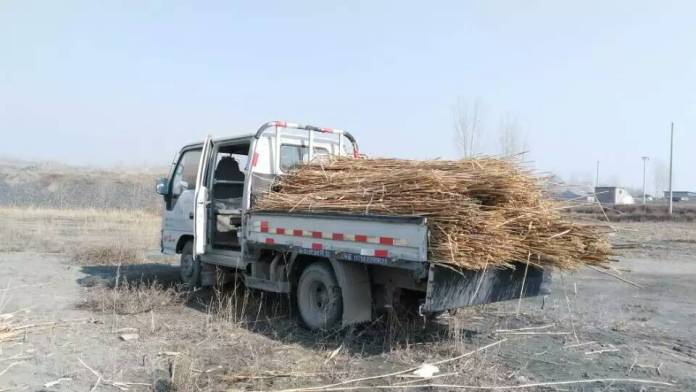In 2007, I was contacted for the pollination problems of the tree oil, Camellia oleifera Abel. This tree has been planted alone Yangtze River in very large area. It helps to prevent the water loss and keep soil in mountainous area. The oil quality has been studied and evaluated to be very high than those made from Brassicaceae. However, the fruit-sets have been quite low even after so many years cultivation. As this species blossoms in late autumn till early spring, there are quite low number of insect species in local fauna. Some scientists, including Prof. Yan-Ru WU thought about the pollination inefficiency. Previously, she found around 15 pollinator bees including Apis spp., with most species have their nests in soil.
So, I was encouraged to study nesting biology of some pollinator bees in Jiangxi and Hunan. Mr. Liang DING and Dr. Dunyuan HUANG stayed in the Yichun to observe the local pollinators. They did a very good job to experiment on many aspects of some bees by digging deep in soil. Basing on nesting biological studies, Dunyuan kept working on building artificial nests after he found a job in Ganzhou. He finally set up these nests as traps in soil and moved them to different places to increase the populations for farmers or for experimental purposes.

Currently, I prefer to use Malaise Traps, Nest Traps and Yellow Pan Traps to sample wild bees. However, many other solitary bees, especially those nesting in soil were probably neglected. Recently, I had a few chats with Dr. Raphael Didham, Dr. Douglas Chesters and Dr. Jeff Ollerton about this issue. It should be fantastic to experiment on artificial soil traps for wild bees.
So, I raise and divide the questions into two as below –
1. What most cost-effective trapping methods do you recommend for sampling wild bees?
2. What trapping strategy do you recommend for sampling ground nesting bees?
Thanks for your kind comments and suggestions.
Best,
cd
Trapping strategy for ground nesting bees? – ResearchGate. Available from: https://www.researchgate.net/post/Trapping_strategy_for_ground_nesting_bees?_tpcectx=qa_overview_asked&_trid=KbAd0QWqFstwct1gx0EDie0c_ [accessed Mar 13, 2016].



